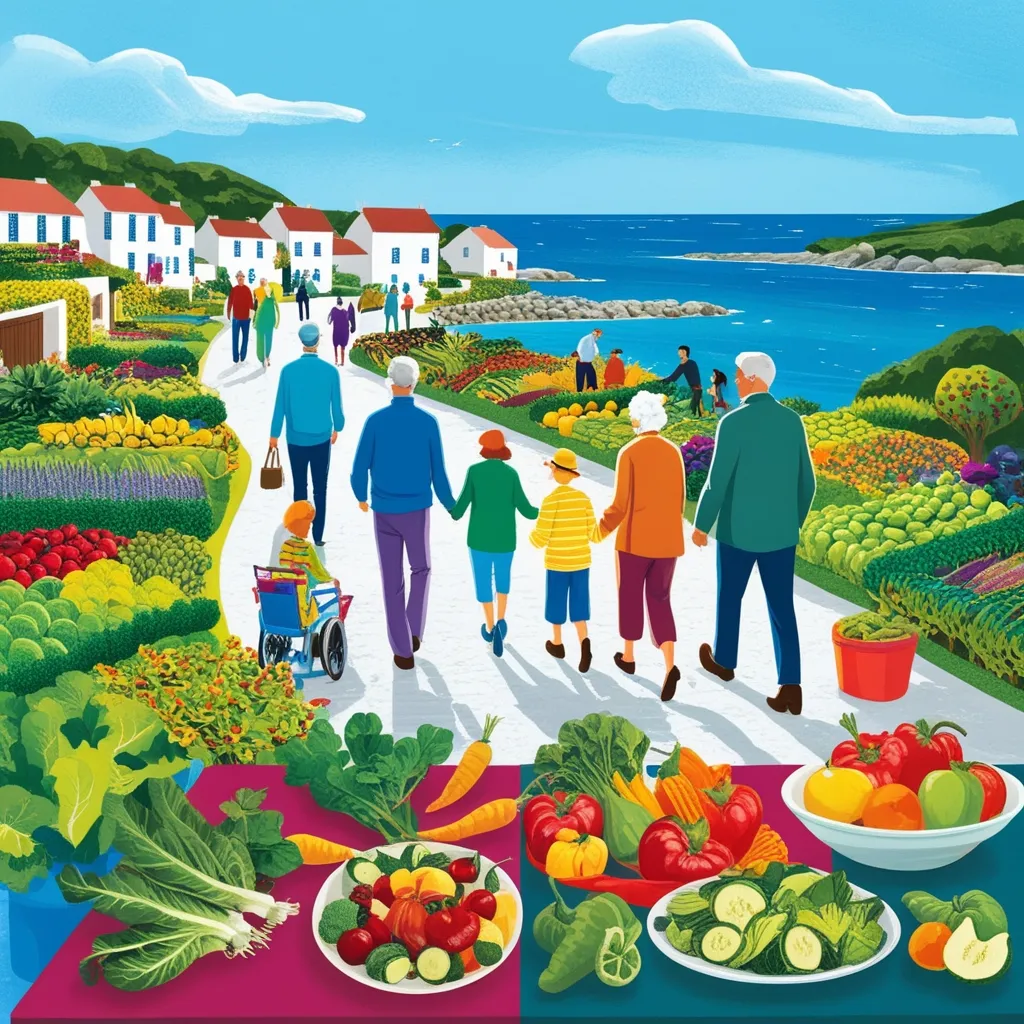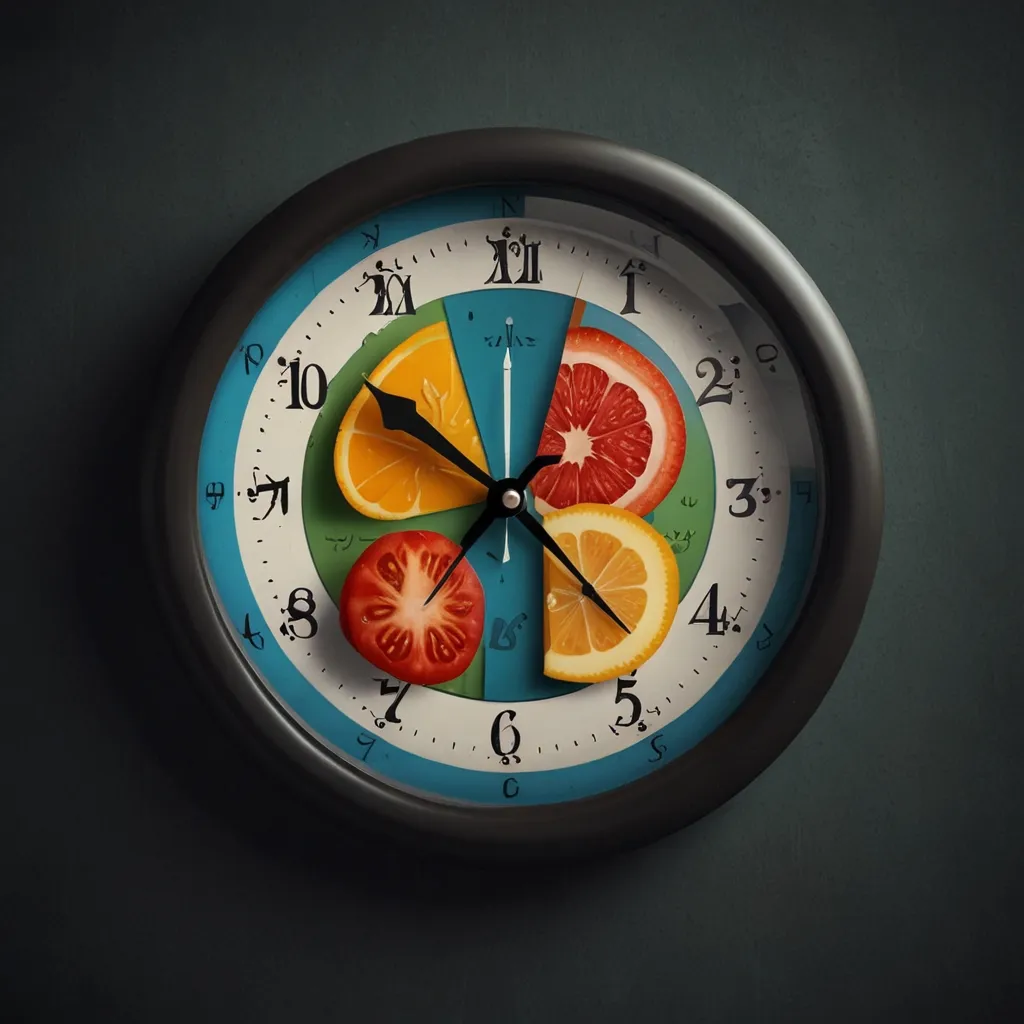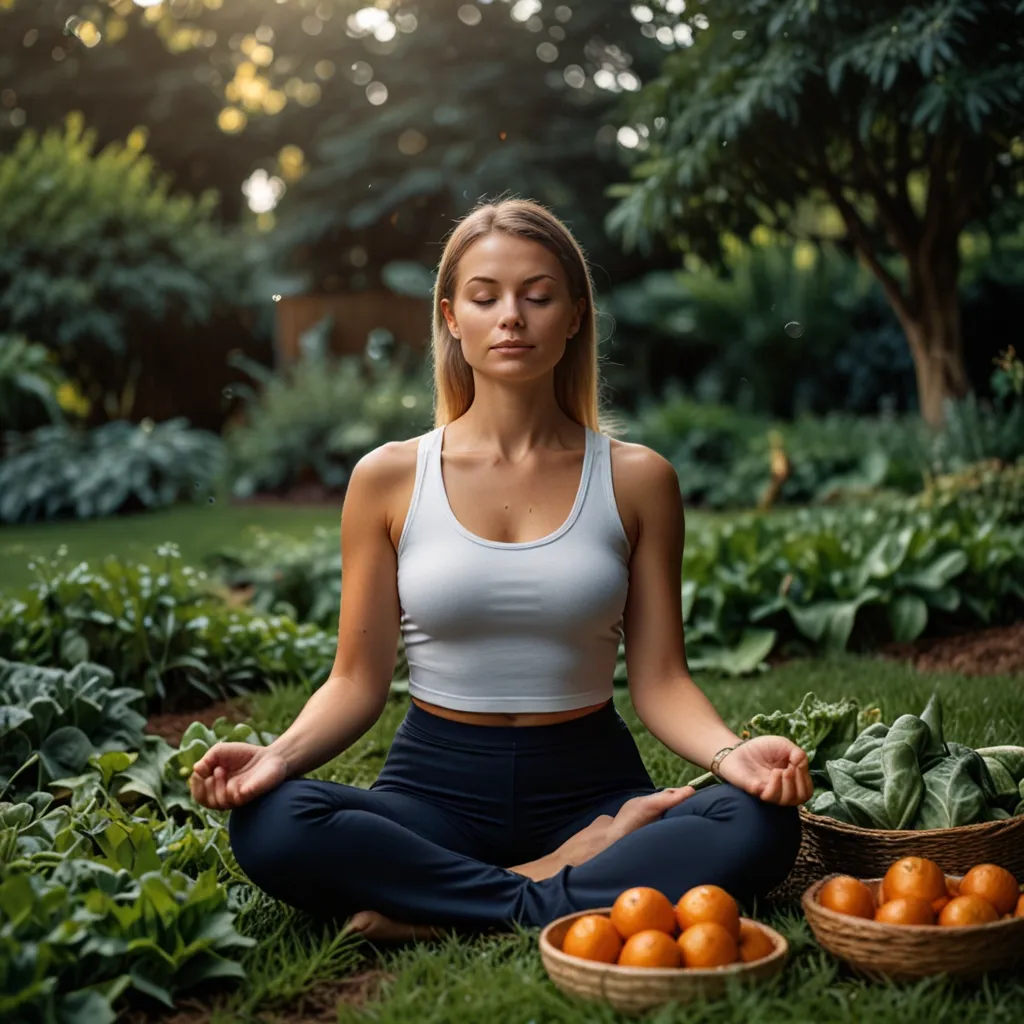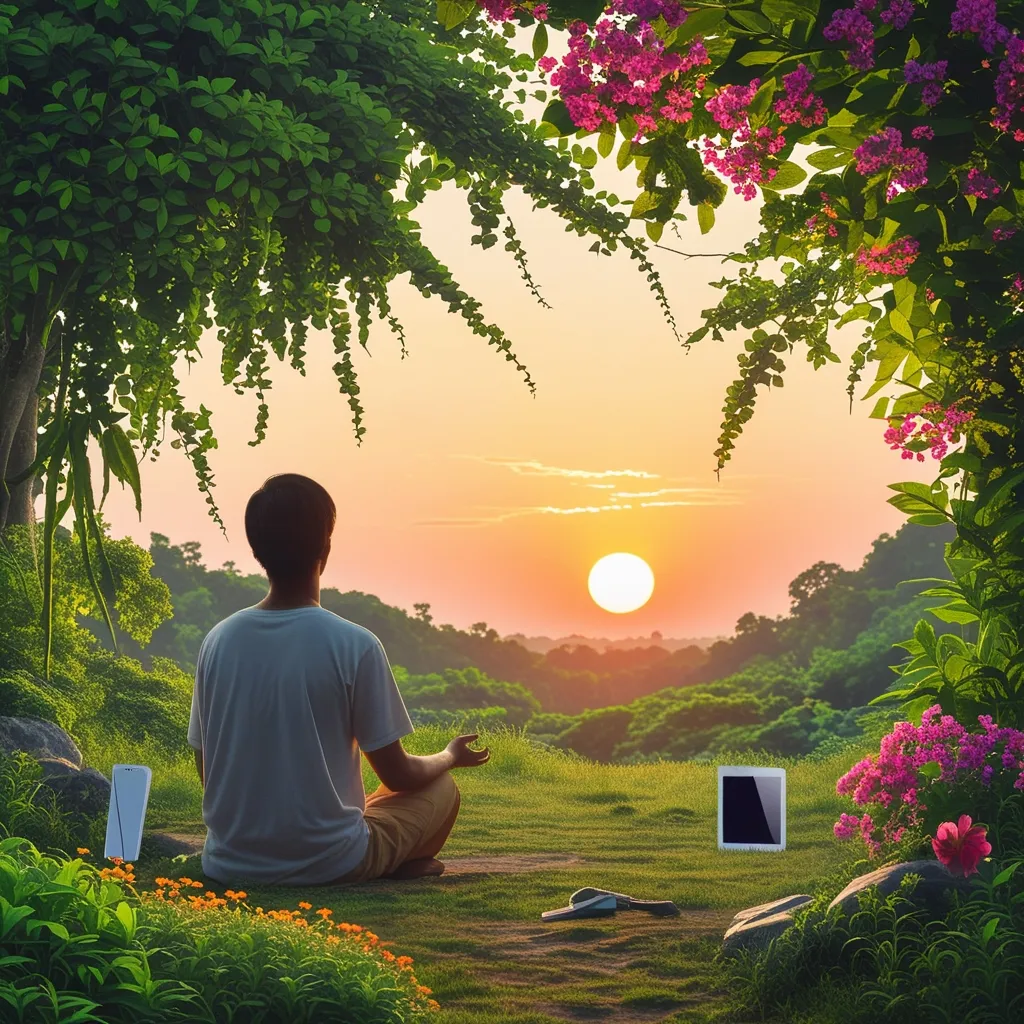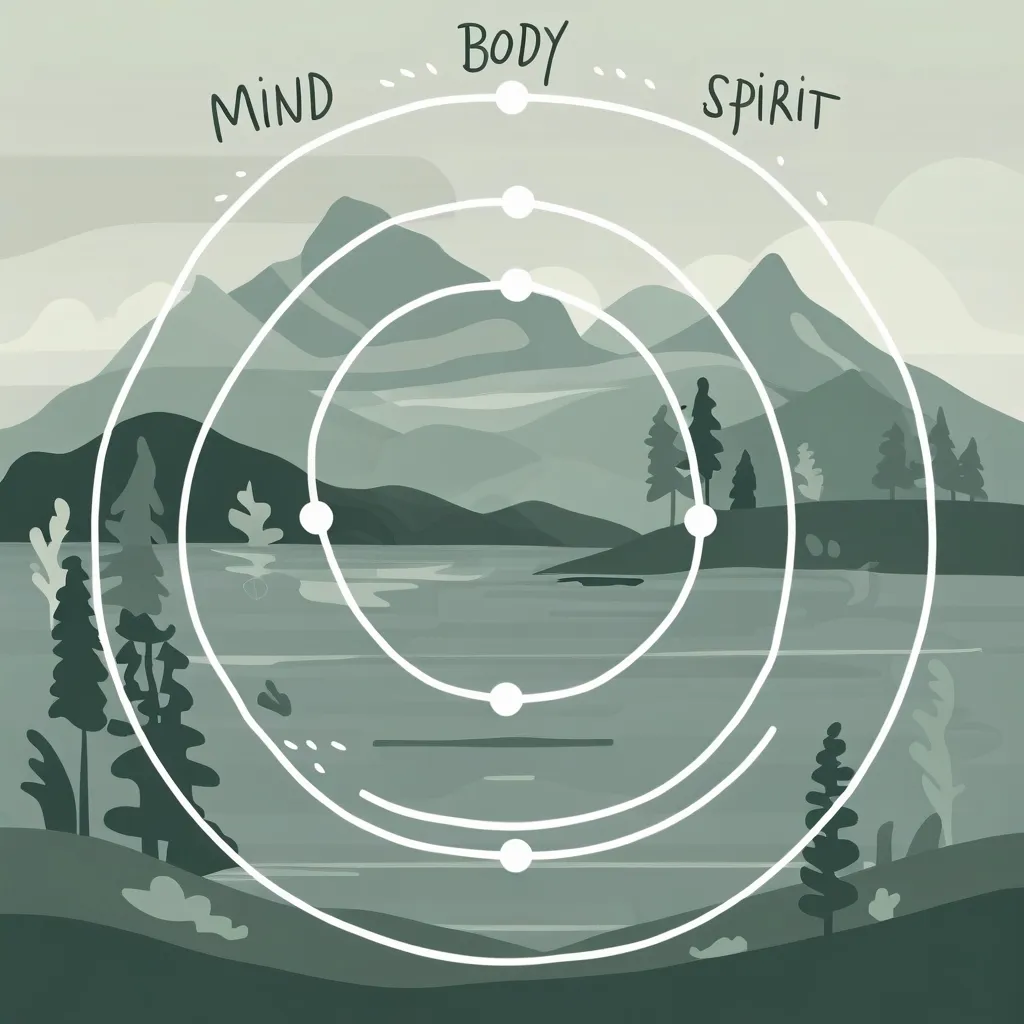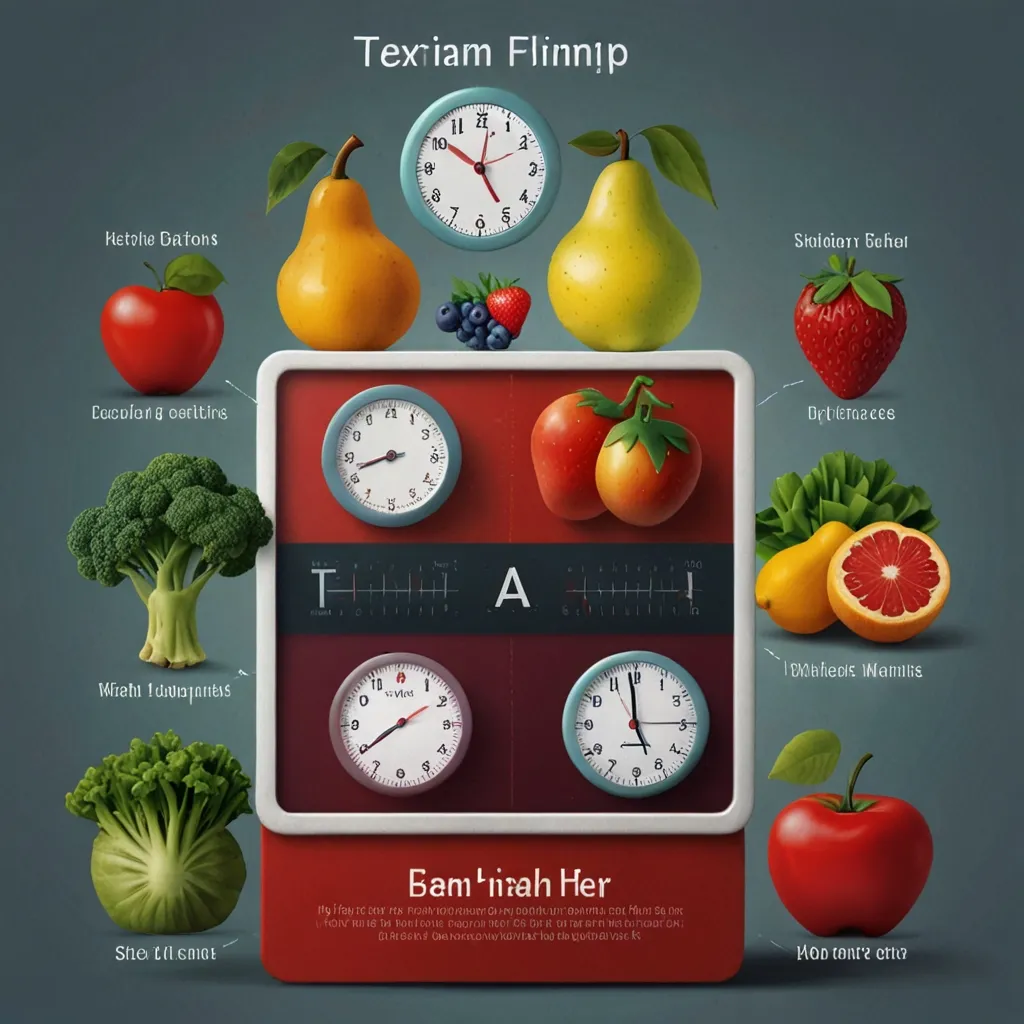The Blue Zones: Unlocking the Secrets of Longevity
Ever wondered why some people seem to live forever? Well, there’s a fascinating concept called the Blue Zones that might just hold the answer. These are special places around the world where folks live crazy long lives, often hitting the big 1-0-0 or even beyond. Let’s dive into what makes these spots so unique and see if we can steal a few of their secrets.
So, what’s the deal with Blue Zones?
Picture this: you’re born into a place where living to 100 is no big deal. That’s the reality in Blue Zones. It’s not about making a sudden lifestyle change at 50; it’s about growing up in an environment that naturally promotes long, healthy lives. From the food on your plate to the way you hang out with your neighbors, everything just falls into place.
The Plant-Powered Life
One of the biggest eye-openers about Blue Zones is their love affair with plants. We’re talking about diets that are roughly 95% plant-based. Beans, whole grains, veggies, nuts – you name it, they eat it. Take the Okinawans in Japan, for instance. They’re all about that extra firm tofu, which is packed with protein and stuff that fights cancer.
Now, don’t get me wrong. They’re not all strict vegetarians. Meat does make an appearance, but it’s like a cameo role – small portions, maybe five times a month. And when it comes to fish, they keep it modest too. We’re looking at about three small servings a week, usually of smaller fish like sardines that aren’t loaded with mercury.
The 80% Rule: Eating Smart, Not Full
Here’s a cool trick from the Blue Zones: the 80% rule. In Okinawa, they call it “hara hachi bu.” Basically, you stop eating when you’re 80% full. It’s like leaving a little room for dessert, except there is no dessert. This simple habit helps keep the pounds off and chronic diseases at bay.
They’re also not in a rush when it comes to eating. Slow and steady wins the race, right? This gives your body time to say, “Hey, I’m full!” before you’ve stuffed yourself silly. Plus, they often eat with family and friends, which not only slows things down but also adds a dash of social spice to their meals.
Breakfast Like a King, Dinner Like a Pauper
In Blue Zones, breakfast is the star of the show. It’s their biggest meal, followed by a smaller lunch, and dinner is like an afterthought. This eating pattern helps keep their calories in check and their bodies happy.
A Toast to Moderation
Now, here’s something interesting. Most Blue Zone folks enjoy a glass or two of wine daily. Well, except for the Seventh-Day Adventists in Loma Linda, California – they’re not big on booze. But for the rest, moderate drinking is part of the lifestyle. We’re talking one or two glasses a day, not binge drinking on weekends.
Moving Without “Exercise”
Here’s the kicker: people in Blue Zones don’t hit the gym. Shocking, right? Instead, they’re just naturally active in their daily lives. Sardinians walk long distances as part of their routine, and Okinawans are always pottering about in their gardens. It’s not about planned exercise; it’s about a lifestyle that keeps them moving.
Sleep: The Underrated Superpower
Blue Zone residents know the value of a good night’s sleep. They typically clock in about seven hours each night. But here’s the cool part – they’re also fans of short naps during the day. We’re talking quick 30-minute snoozes that do wonders for heart health and overall well-being.
Stress? What Stress?
Of course, Blue Zone folks face stress like the rest of us. But they’ve got some neat tricks up their sleeves to deal with it. Okinawans take moments to remember their ancestors, Adventists pray, Ikarians take naps, and Sardinians enjoy happy hour with friends. It’s all about finding ways to shake off the stress and keep those good vibes flowing.
It’s All About the Squad
One of the biggest takeaways from Blue Zones is the importance of social connections. These folks are tight with their families and friends. It’s not just about having people around; it’s about feeling like you belong and have a purpose. In Okinawa, for example, the elderly often live with their families or in close-knit communities. It’s like having a built-in support system.
Creating Your Own Blue Zone
Now, you might be thinking, “That’s great, but I don’t live in a Blue Zone.” Well, here’s the good news: you can bring a bit of Blue Zone magic to your own life. It’s all about creating an environment that makes healthy choices easy.
Some cities have even taken this to heart. Places like Albert Lea, Minnesota, and the Los Angeles Beach Cities have implemented Blue Zone-inspired changes. They’ve seen impressive drops in obesity and smoking rates, and people are eating better and moving more. It’s not just about individual effort; it’s about making changes that benefit the whole community.
So, What Can We Learn?
While there’s no one-size-fits-all “Blue Zone diet,” there are some common threads we can weave into our own lives:
Eat more plants. Beans, whole grains, veggies, nuts – make them the stars of your plate.
Try the 80% rule. Stop eating before you’re stuffed to the gills.
Keep moving. Find ways to be active that don’t feel like a chore.
Chill out. Figure out what helps you destress, whether it’s prayer, naps, or hanging with friends.
Stay connected. Build strong relationships with the people around you.
Get your Zs. Aim for a solid seven hours of sleep, and don’t shy away from a quick afternoon nap if you can swing it.
The Blue Zone Lifestyle: More Than Just Diet and Exercise
When we talk about Blue Zones, it’s easy to focus on the diet and exercise aspects. But there’s so much more to it than that. It’s a whole lifestyle, a way of looking at the world and interacting with it.
Take work, for example. In many Blue Zones, people don’t really retire in the traditional sense. They keep working, often well into their golden years, but at a more relaxed pace. This gives them a sense of purpose and keeps them engaged with their community.
Speaking of community, let’s talk about the power of belonging. In Blue Zones, people often belong to faith-based communities. Now, it’s not about any specific religion – it’s more about the sense of belonging and the shared values that come with being part of a community. Studies have shown that attending faith-based services four times a month can add 4-14 years to your life expectancy. Pretty impressive, right?
Family First: The Blue Zone Way
Family is a big deal in Blue Zones. They keep their aging parents and grandparents nearby or in the home, which is great for the elderly and actually lowers disease and mortality rates for children in the home too. They commit to a life partner (which can add up to 3 years of life expectancy) and invest in their children with time and love.
The Power of ‘Down Shift’
Blue Zone inhabitants have stress in their lives, just like we do. The difference? They have routine ways of dealing with that stress. Okinawans take a few moments each day to remember their ancestors, Adventists pray, Ikarians take a nap, and Sardinians do happy hour. The lesson here? Find a stress-relieving ritual that works for you and make it a daily habit.
The Right Tribe
Here’s an interesting fact: The world’s longest-lived people chose – or were born into – social circles that supported healthy behaviors. In Okinawa, they create “moais” – groups of five friends that commit to each other for life. Research shows that smoking, obesity, happiness, and even loneliness are contagious. So the lesson is clear: Surround yourself with the right people.
Plant Slant: More Than Just Eating Veggies
We’ve talked about the plant-based diet of Blue Zones, but let’s dig a little deeper. The cornerstone of most centenarian diets? Beans. They’re eating a cup of beans daily. Nuts are also a big player, with most centenarians eating them regularly. Even if you’re not ready to go full vegetarian, try the “plant slant” by putting more veggies, fruits, and legumes on your plate.
Wine at Five
People in all Blue Zones (except Adventists) drink alcohol moderately and regularly. Moderate drinkers outlive non-drinkers, especially if they share those drinks with friends. The key here is moderation – we’re talking 1-2 glasses a day, not binge drinking on weekends.
Finding Your Purpose
In Okinawa, they call it “Ikigai” and in Nicoya, they call it “plan de vida.” Both translate to “why I wake up in the morning.” Knowing your sense of purpose is worth up to seven years of extra life expectancy. So, take some time to figure out what gets you out of bed each morning.
The Blue Zone Mindset
Perhaps the most important lesson from Blue Zones is the mindset. These are places where the healthy choice is the easy choice. Where the environment itself nudges you towards better habits. Where community, purpose, and belonging are valued as much as diet and exercise.
So, while we might not all live in official Blue Zones, we can certainly create our own little pockets of blue. It’s about making small, consistent changes. Eating a little better, moving a little more, connecting a little deeper. It’s about creating an environment – both in our homes and in our communities – that makes healthy living the default option.
Remember, the goal isn’t just to live longer. It’s to live better. To have more years of health, happiness, and purpose. And that’s something we can all strive for, no matter where we live.
In the end, the Blue Zone way of life isn’t about strict rules or drastic changes. It’s about small, sustainable habits that add up over time. It’s about creating a life that’s not just long, but rich and fulfilling. And isn’t that something worth aiming for?
So, here’s to living like we’re in a Blue Zone – to eating well, moving naturally, connecting deeply, and finding purpose in each day. Here’s to not just adding years to our life, but adding life to our years. Cheers to that!
